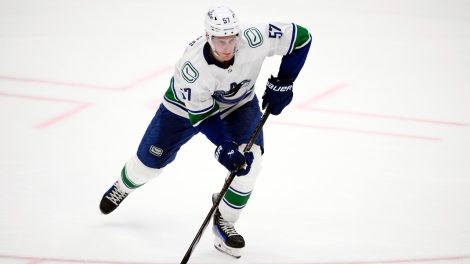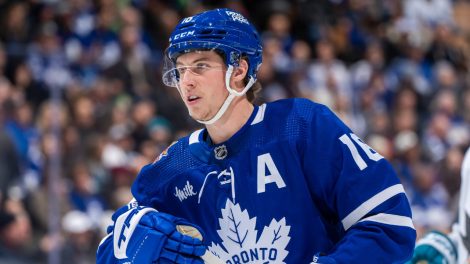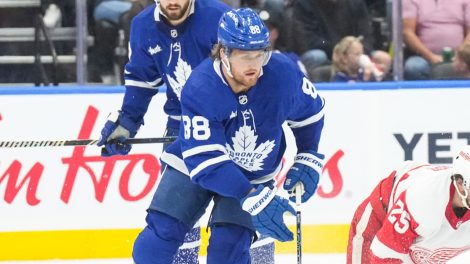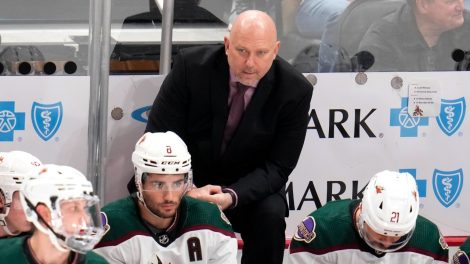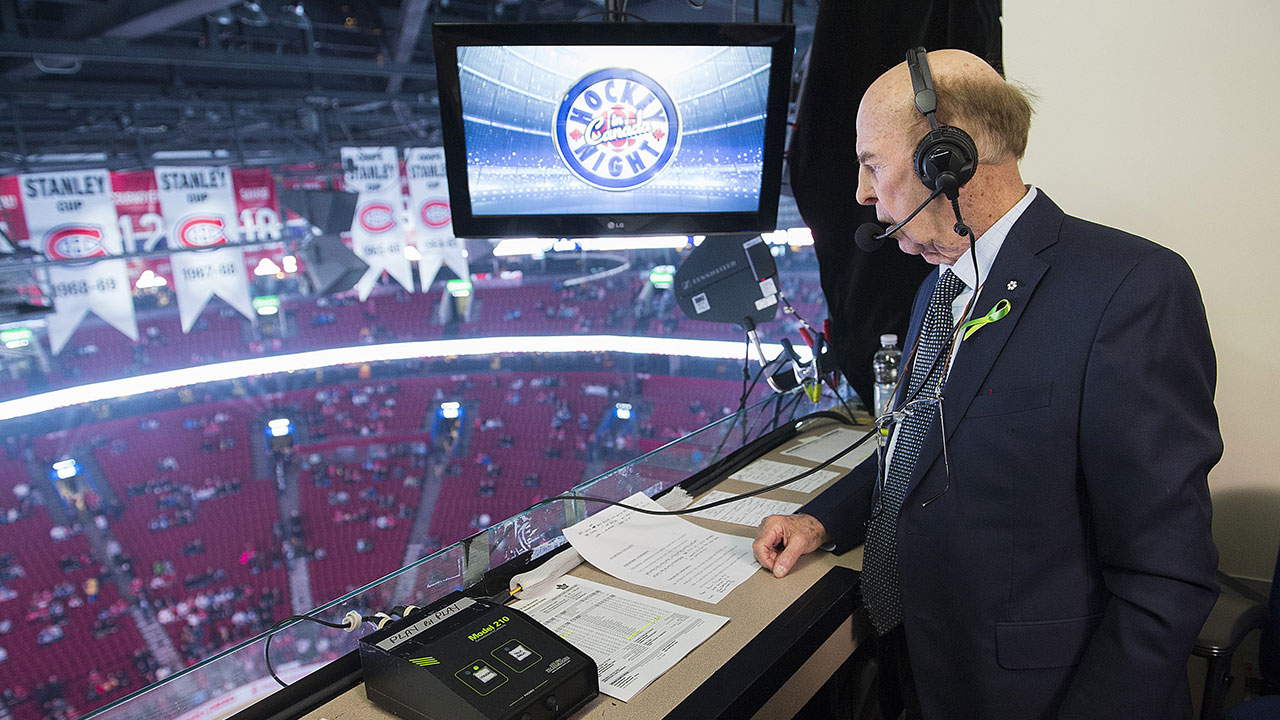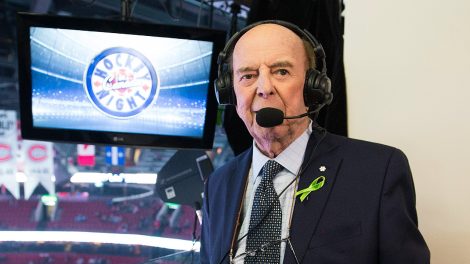The statistics are one thing, but actually watching the Edmonton Oilers play is quite another.
There was a 2-1 overtime loss in Pittsburgh in which Edmonton, with just the smallest bit of finish to their game, would have had three or four goals in regulation. There was this past Sunday in Washington, where the Oilers out-chanced and out-played the Capitals, yet lost 2-1 in a shootout because the Oilers best players simply could not will a puck over the line in regulation.
For whatever reason, a team that ranked 11th last season with a shooting percentage of 9.5 per cent sits dead last this season at 6.3 per cent — converting shots at barely half the rate of the league-leading Toronto Maple Leafs’ 12.1 per cent.
Trading away Jordan Eberle, a career 13.4 per cent shooter, for Ryan Strome (career 8.6 per cent) accounts for a slight percentage loss. But that salary dump has little effect on the shooting percentages of a host of players who are below their career average.
Here are a few thoughts on how a team that ranked eighth last season with 2.96 goals per game is scuffling along at 2.24 goals per 60 minutes, dead last in the National Hockey League.
The power play
Power plays can win games by themselves, but it can also be a tonic for individual players to find some scoring confidence. While the Dallas Stars, who have four more points in the standings than Edmonton, have a power play that’s clicking at 31.3 per cent, Edmonton’s unit ranks 24th at 14.9 per cent.
Why? It starts with a struggling Oscar Klefbom, the point man and high shooter on the ‘A’ unit, who has been entirely ineffective in all areas this season — but particularly at getting shots through on the power play.
Klefbom has just two power-play points in 17 games (no goals), and because his shots are getting blocked or missing the net with regularity there are no rebound goals for forwards crashing the net. You can quibble with the power play personnel and their usage, but the same units (minus injured, second-unit point man Andrej Sekera) were effective last season at 22.9 per cent. This year? Crickets, thus far.
[snippet id=3636171]
Depth scoring
In the NHL, depth scoring provides the body blow that sets up the knock out punch in later rounds.
When the game starts, opponents plan to stop Connor McDavid’s No. 1 line, leaving more favourable matchups for lines 2-4. As long as the game stays tied or within a goal, the opposition’s game plan remains intact. Get a depth goal or two, and the opponent must focus more on scoring more than defending. Quality chances ensue, and the top guys usually capitalize.
McDavid’s line has pulled its weight at five-on-five, as have Ryan Nugent-Hopkins and Milan Lucic. But starting with the sixth forward all the way through the defence, the Oilers Top 5 forwards have had almost no help.
Stay-at-home point man Adam Larsson leads the defence corps with two goals, while Kris Russell leads all D-men with five points. That’s an indictment on Klefbom and to a lesser extent Matt Benning, who it was hoped could make up for Sekera’s absence, to an extent.
Among the forwards, Anton Slepyshev and Drake Caggiula have spent the season on and off injured reserve. Zack Kassian chipped in seven goals last season, but has not scored yet this fall. Letestu doesn’t have an even strength goal. Strome has one. The two Finns, Jussi Jokinen and Iiro Pakarinen, haven’t scored.
In 17 games played the Oilers have a grand total of three even strength goals by their bottom-six forwards. That level of production won’t cut it.
The general manager
Peter Chiarelli took a chance dumping Eberle’s salary, knowing that he’d have to start creating some cap space with McDavid’s second contract kicking in next season. He knew he was trading a 25-goal man for a 15-goal man, and was hoping those extra 10 goals might come from other sources.
Here’s what’s gone wrong with Chiarelli’s gamble:
Caggiula and Slepyshev were the main contenders to help fill the void, but both have spent the season off and on IR; the state of Klefbom’s game has cost everyone goals, as he is on pace for about half of last season’s 38-point output. Your best defenceman is counted on to start the offence and Chiarelli needs Klefbom to be better, plain and simple.
We all knew Patrick Maroon might score at a lesser pace after shooting at 15.2 per cent clip last year. But he’s had plenty of Grade A chances thus far and simply been unlucky/ineffective at burying pucks. He’s still shooting at a 9.1 per cent clip, and could easily have double the four goals he has thus far, but for some bad luck/execution on Maroon’s part.
The Oilers shot metrics are excellent, and would assume that this team will begin to score more as it works (at worst) to a median league average shooting percentage last season of 9.1 per cent. And, Nugent-Hopkins’ scoring has increased (six goals), helping to make up for Eberle’s absence.
The Oilers just scored eight goals on their just-completed four-game trip and brought home five points from the road. Had they averaged three a night, that likely would have been seven points. Maybe eight.
Like Darryl Sutter used to say, it’s a 3-2 league. That’s a fact the Edmonton Oilers are learning the hard way this season.



